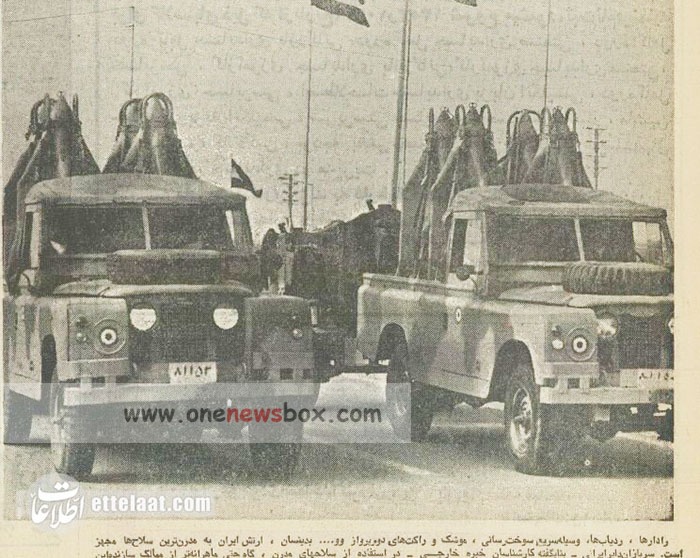The Pahlavi regime, under the guidance of the Shah, had made substantial investments in modernizing the military, importing advanced weapons systems, and establishing a highly trained professional army. The parade on December 11, 1974, was meant to highlight these advancements and to send a clear message that Iran was not just a regional power, but a nation that could compete with global superpowers in terms of military capability.
The extensive media coverage and live color television broadcasts of the 1974 parade were also pivotal in shaping the public’s perception of the event. The Pahlavi regime had made significant strides in expanding access to media, and by 1974, Iran had a well-established television industry that reached millions of Iranians. The use of color television for live broadcasts was a powerful tool for propaganda, allowing the regime to control the narrative and present an idealized image of Iran’s strength, unity, and modernity to the public. These broadcasts were designed to portray the Shah as a leader who had successfully modernized the country and transformed it into a regional power. The carefully crafted imagery of the parade, with its array of mechanized units, soldiers, and state symbols, was meant to inspire a sense of national pride and loyalty among the Iranian populace.

